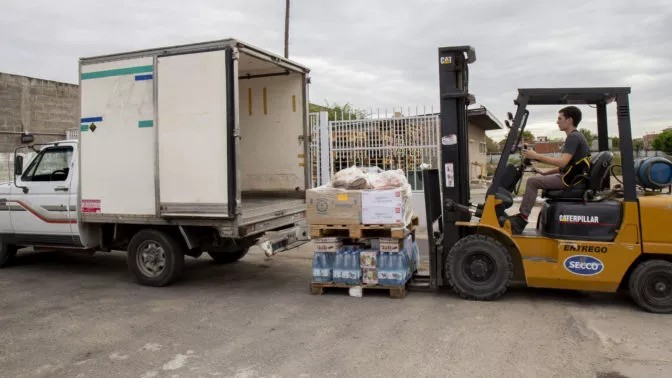3 surprising ways people prioritise sustainability in the wake of the pandemic
It might surprise some marketers to learn that sustainable shopping has only grown more important to consumers in the last 19 months. In fact, 82% of consumers say that sustainability is more top of mind now than it was before COVID-19.1 Professor of Environmental Psychology Lorraine Whitmarsh, Director of the Centre for Climate Change and Social Transformations, says this shows the environment is a core concern.
During the global financial crisis of 2008, “we saw that climate change concern massively dropped,” said Whitmarsh. “What we’re seeing now is it’s really embedded.” Concern over environmental degradation and climate change, already at an all-time high in 2019, actually rose in the last year, Whitmarsh said.
But to continue to make sustainable everyday choices, consumers need brands’ help. In the markets we surveyed, 78% of consumers said that big businesses have a role to play in helping to fight climate change.2
As brands work to fulfill that role, they’re looking for ways to understand how people really think about sustainability. We analysed patterns in Google Search data to identify growing sustainable behaviours, and talked to both consumers and experts to better understand what’s driving them. Based on this research, we identified three consumer sustainability trends that reveal opportunities for brands to help customers achieve their green-living goals.
Tell positive sustainability stories
In the midst of new challenges, people are focusing less on sweeping transformation and more on simple everyday actions they can take to live sustainably. They’re searching for ways to update their daily routines.
With an increase in home deliveries due to shutdowns, people are more concerned about what to do with packaging.
These everyday actions make sustainability feel more manageable and easier to achieve, which, in turn, raises morale and imparts positive feelings. Behavioural science teaches us that when we feel positive about our actions, we are more motivated to continue to act.
“The evidence suggests that more positive messaging is much more effective than anything that might induce guilt,” said Whitmarsh. “The more that positive messaging can focus on what audiences care about, the better, and that might not necessarily be climate change.” Other, more immediate “co-benefits” of climate action, such as family health, convenience, and affordability, “are the things that probably are best to focus on in messaging.”
For brands, this means it’s important to show consumers how they can solve everyday problems with sustainability, and how their bigger sustainability goals can be broken down into smaller steps. On the theme of innovation, focus on the solutions your brand is building and how the future could look. Be sure to emphasise the meaningful changes your brand has made and take action in authentic, transparent, and measurable ways.
Make eco-friendly feel effortless
While search trends reflect growing interest in small adjustments that boost positive feelings, that’s not all they signal. A few months after the pandemic began, people reported taking part in sustainable activities that they could do with limited effort, such as recycling, rather than time-consuming activities, such as researching products or buying in bulk.3 In South Africa, 54% of adults said that the increase in single-use plastic during the pandemic encouraged them to make more sustainable decisions.
When it comes to eco-conscious shopping, people don’t want to trade quality, convenience, or affordability for sustainability. Customers expect to be offered more eco-friendly choices, but not at the expense of other product benefits. Capturing attention and gaining consideration means showing how sustainability addresses the more pressing, personal needs on people’s minds when they shop.
In the Face and Body Care category, search interest in “best” is higher than search interest in eco-friendly terms.Similarly, messaging should position sustainability as the default instead of a separate choice, removing unnecessary friction and integrating sustainable benefits across the entire portfolio. For example, instead of creating a new product line, integrate sustainability into a star product.
Reward progress, not perfection
Consumers say they are motivated by sustainable experiences that tangibly show them how they are helping the environment. If you’re able to show people the impact they can have by choosing your product, they’ll feel that much more invested in it. We know a big barrier to acting sustainably is connecting one’s own actions to societal outcomes. As brands work across disparate areas of business, they have the opportunity to connect their own large-scale efforts to customers’ household ones.
People don’t expect brands to become perfect stewards overnight, but they want to learn about what you’re doing to improve sustainability now. That way, they can see more clearly how choosing your brand might make a difference.
To help consumers understand why their purchase decisions matter, brands can communicate near-term goals and impact — not just long-term targets. Marketers can explain how sustainability efforts are impacting all of the brands in the portfolio, as opposed to a few fully sustainable ones. And they can reinforce existing behaviours by showing the rewards of how being a part of their brand contributes to sustainability efforts.
By creating experiences that feel positive, effortless, and rewarding, brands can help empower people to keep acting sustainably and start to drive longer term change.



Comments